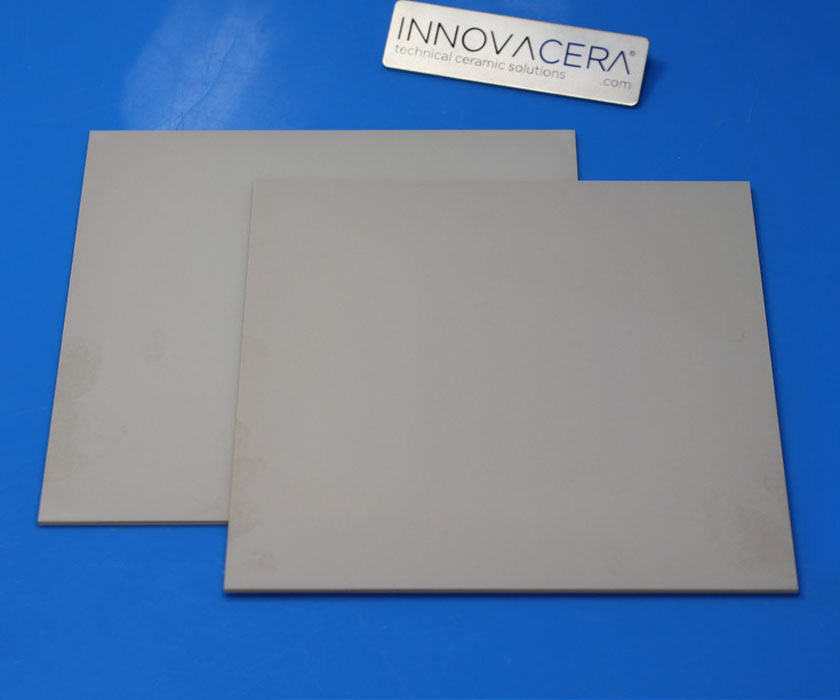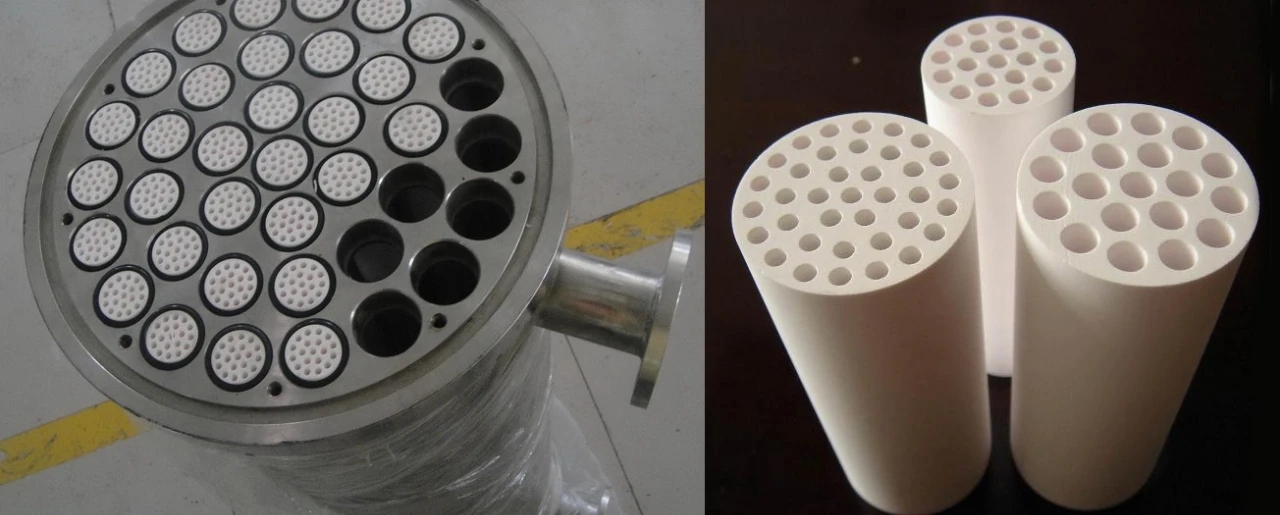
The AIN crystal is a covalent bond compound with [AIN4] tetrahedron as the structural unit, and has a wurtzite structure, and belongs to the hexagonal crystal system.
ALN with outstanding insulating properties and extremely high thermal conductivity. In addition, aluminum nitride has the characteristics that it is not attacked by aluminum liquid and other molten metals and gallium arsenide, and particularly has excellent corrosion resistance to molten aluminum liquid.
Aluminum Nitride Substrate Advantages
- Very high thermal conductivity
- Non-toxic alternative to BeO
- Low thermal expansion similar to Si, GaN, and GaAs semiconductors
- High dielectric strength


